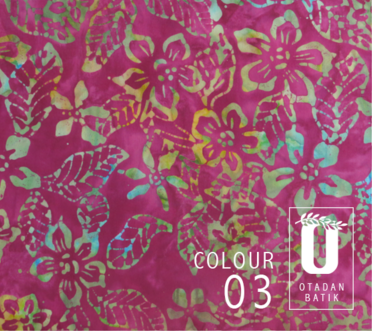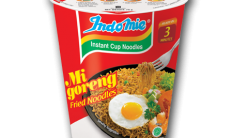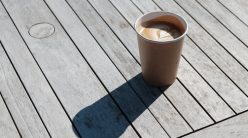Artisans from Rio Grande do Sul find new use for garment production offcuts
ANBA, Brazil
Agência Sebrae*
Guaporé – The offcuts of over 60 industries and garment manufacturers in the region of Guaporé, a city 199 kilometres away from Rio Grande do Sul state capital Porto Alegre, are made into products like handbags, dolls, carpets and garments. The initiative, apart from contributing to preservation of the environment, guarantees artisans in the city a line of their own products and greater income.
The line of articles they produce is very broad. Up to the 20th of this month, products made by the group and focussed on the youth clientele are being exhibited at Guaporé Culture House, in the city, from 1:30 pm to 8:00 pm. A group of 10 artisans make up the nucleus of the Entrepreneur Handicraft Project in Guaporé, established in 2005.
Sponsored by the Rio Grande do Sul branch of the Brazilian Micro and Small Business Support Service (Sebrae) and by the Federation of the Commercial and Services Associations of Rio Grande do Sul (Federasul), the program stimulates training and associations between medium and small businessmen. “The professionals started working on creation of a product that had local identity, that could be identified with the city,” stated the facilitator of Guaporé Entrepreneur Project, Cristiane Viel.
Despite the good acceptance of the products, the main difficulty currently faced by the nucleus is the lack of points of sale. “We just don’t produce more because we don’t have anywhere to sell,” explained Fátima Rejane Freitas Ferreira, the group coordinator. The artist stated that one of the alternatives found to boost the business is the organisation of exhibitions that bring to mind commemorative dates of the year. Facilitator Cristiane anticipated that the nucleus should promote another exhibition between December 20th and 24th, turned to Christmas.
The establishment of a point of sale and a workshop is among the targets for 2014. Another plan, according to Cristiane, is to start offering garment industries articles that may decorate the clothes produced in the region. Each month, the group processes up to 150 kilograms of industrial residues. “What is not used up is returned to the garment manufacturers so that it may be disposed of correctly,” pointed out the facilitator. The residues are donated to the artisans.
*Translated by Mark Ament





